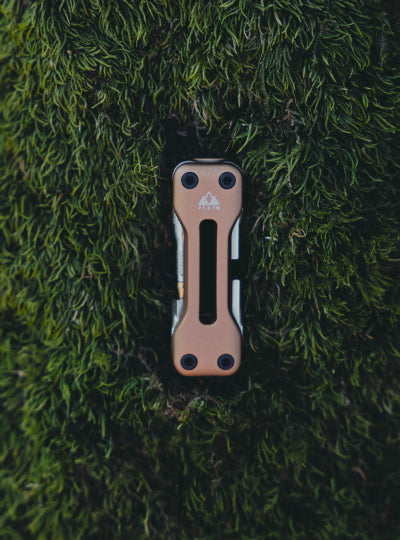
At PNW we offer dropper posts that fit a range of bikes, from CX steeds to Enduro rigs. If you ever need help finding the right dropper post for your bike we have a fancy little flow chart for you, but there's some more information that goes beyond bike model and fit.
For example, how do you pick between a dropper post that features air or a coil spring in its sealed cartridge? This is a question for riders with the standard 30.9 or 31.6 diameter seat posts. We have a lot of thoughts on this and it starts with some industry background regarding general suspension myths.
In the battle of coil vs. air it's important to note both have benefits. You may have noticed "coil spring" has been on the black list of bike industry words for about a decade when it comes to suspension systems. Coil springs were nearly phased out of production in suspension forks and shocks due to the rise in popularity of air sprung systems that are inherently lighter and offer more personalized tuning.
However, the downside to an air system is you can never "set it and forget it", they can be high maintenance due to super tight tolerances required to keep the stanchion sliding freely while maintaining air pressure. And, while a lightweight product is always desirable, it's not the only part of the equation. Riders that want a more supple feel and a nice progressive ramp up through the rough stuff on the trail urged suspension engineers to reconsider the benefits of a coil spring. Fast forward to today and coil spring suspension systems are being reintroduced to the market with great success.
Ok, so why are we talking about mountain bike suspension when this is about dropper posts? Well, think of a well made dropper post like a mini suspension fork that has a lockout, travel adjust and rebound damping. Pretty amazing we're able to squeeze all of that into such a small package, eh?
The reason why we point this out is to show you that you shouldn't be afraid of a coil spring. They do an incredible job, require less maintenance and reduce cost - but yes, they tend to be heavier. With an air system, featured on our Bachelor dropper posts, you're basically replacing the coil spring with - you guessed it - air... which is lighter (we know we're blowing your MIND right now). Air also offers more adjustability, but with all good things comes great responsibility - you will have to service an air dropper post for the same reasons you have to adjust your suspension.
You might be curious, what do we have on our personal bikes here at PNW? Well a lot of us prefer our Bachelor dropper post (yeah, the one with air). I know all that propaganda for coil, and we tell you we choose air. Aaron, our CEO, admits that he's a bit of a weight-weenie, he also says he could easily drop the grams between coil and air by just having a few less IPAs and burritos. But the adjustability of air, and the longer travel Bachelor also weigh heavily into his decision, having 170mm of travel means more comfy air time. Emily, our other Co-Founder, rocks both the Bachelor on her Evil Insurgent and the Rainier IR (coil) on her steel bike.
The bottom line is if you've been told coil springs lack quality, that's a myth. There are definitely low cost and low quality coil systems out there, but it's not the coil spring system's fault, it's just that the products were designed to cut corners and be well... "cheap". The quality of our coil system lies in the engineering and materials.
So, if you've gotten to the end of our lecture, congratulations. The point is there is a place for both air and coil springs. It depends on your budget, as well as your interest in maintenance. We bring up this last point because not all droppers are made the same. We use a sealed cartridge which contains hydraulic fluid, air (or coil) and moving components inside of it. If you ever need to swap it out, the process takes around 10 minutes. Some of our competitors use an open oil bath design. These posts fail more frequently and require an in-depth rebuild process requiring special tools, bleeding of hydraulic lines and small o-rings, seals, etc. Do your homework to ensure you know what you’re getting into.






